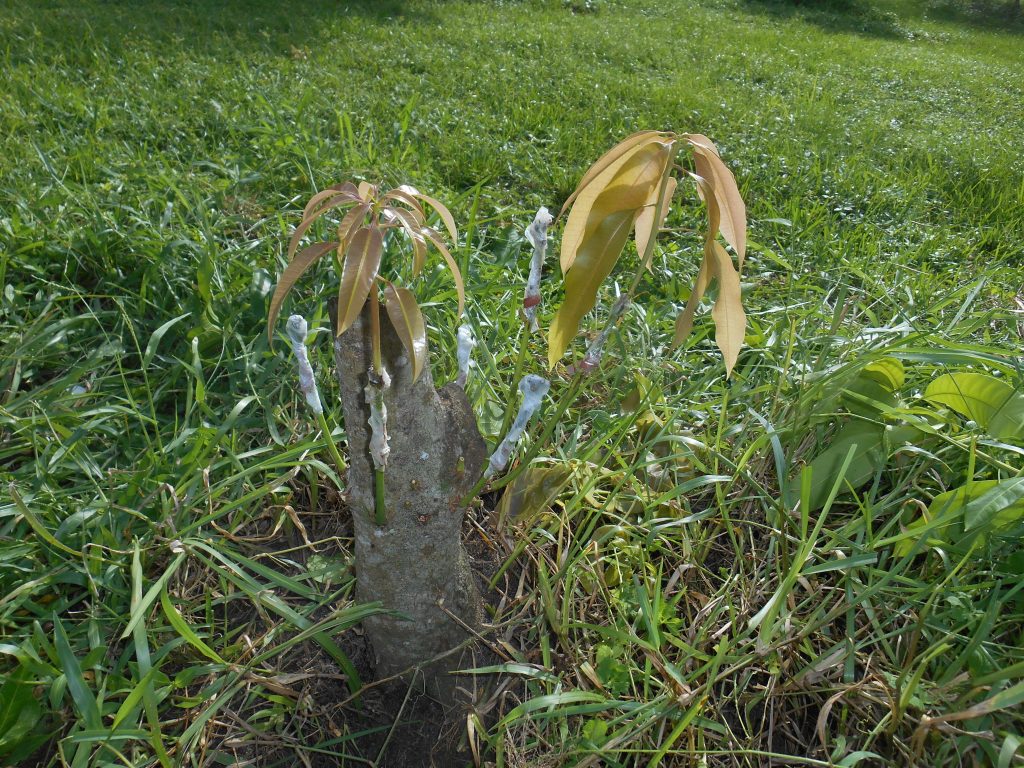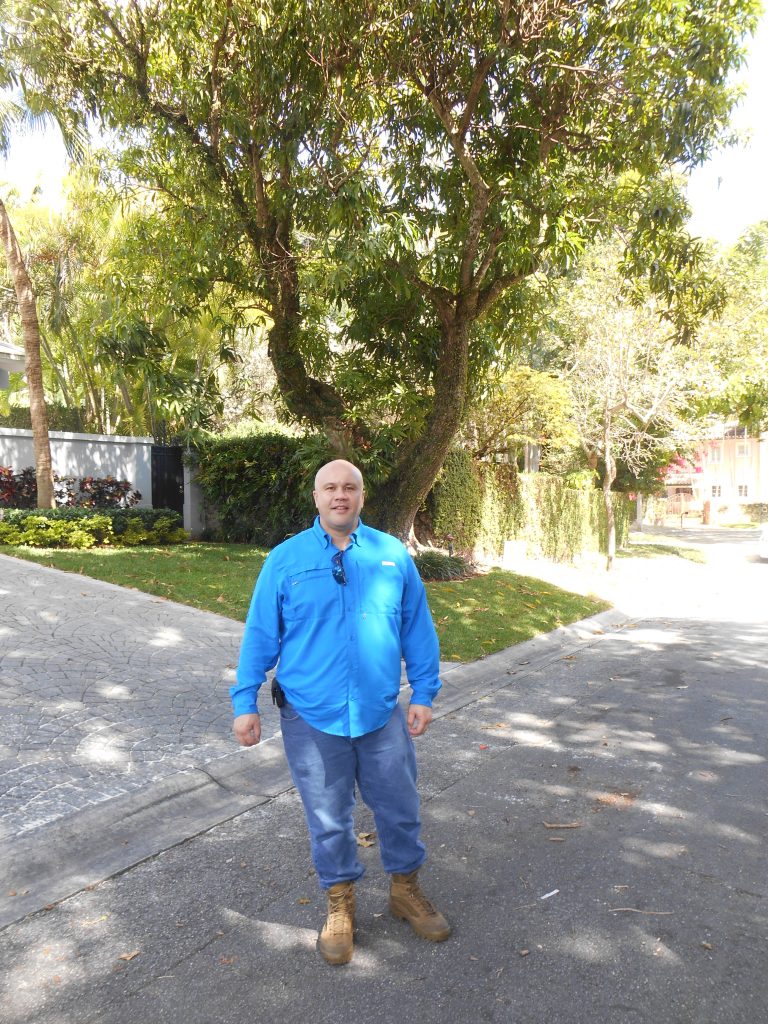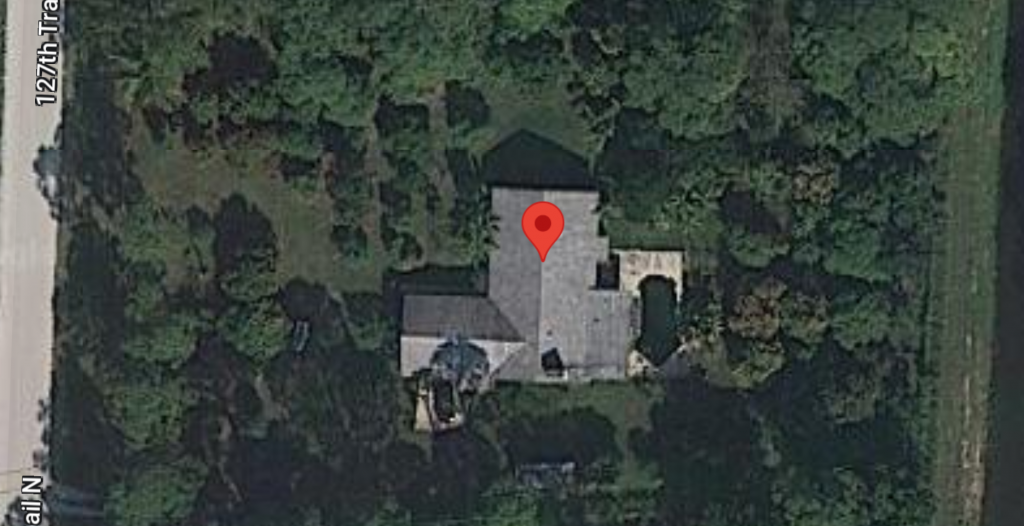About Us
Ideal Location For Growing Mangos
South Florida is a great place to grow mango trees with lots of sun and rain. The intense sunlight helps the trees produce sugar in the mangos. Within South Florida, Palm Beach County is the ideal place for growing mangos with the sugar sand soil. The soil allows the mango trees roots to expand quickly. The sugar sand also allows for good drainage. In contrast, Miami-Dade County has limerock a few inches under the soil and will require a pickaxe to plant a tree. Much of Broward County has “muck,” high organic content soil. The muck contains excessive nitrogen and does now allow water to drain, which can be an issue of a prolonged period. Mango growing is concentrated in South Florida due to the weather and growing conditions.
We are just mango fans that planted mango trees and kept planting more and more trees. We claim Florida’s Finest Mangos because we will top work fruit mango trees with better varieties over time. Top working is where the tree is cut back and a new variety of mango is attached to the existing rootstock. In other words, the tree variety is changed. Many mango growers are unwilling top work a producing mango tree and stop fruit production for at least three years – we are. Mark Young is a Past President of the Palm Beach Chapter of Rare Fruit Council International.
Topworking a Mango Tree
Photo below is a mango tree that was top worked into a Sunrise Mango. The tree was cut down to a stump. We grafted on Sunrise mango scions onto the new growth. The new growth is Sunrise mango. This would grow to be one of our Sunrise mango trees.

Mango varieties that we have replaced: Pina Colada (non-productive), Pineapple Pleasure (non-productive), Harvest Moon (non-productive), Valencia Price (half of the fruit crop split with heavy rainfall). These may do fine elsewhere. Occasionally fruit trees are mislabeled from the fruit tree nursery, these get top worked as well.
The Original Haden Mango Tree planted in 1902
The original Haden mango tree was planted by Captain Haden in 1902. Nearly all Florida mangos trace their lineage to this Haden mango tree. The Haden is the “grandad” of Florida mangos. Below is a photo of Mark Young in front of the Original Haden mango tree in Coconut Grove, Florida (near Miami) in 2017.

The Haden was “the mango” back in the 1930’s with its vivid color red and large fruit, but over the past 90 years better varieties have been developed. We do not have any Haden mango trees on our property. Five years later, the Miami Herald “re-discovered” the Haden mango tree in 2022. Alex Salazar located the Haden tree based on old mango archives. The original Kent mango tree is about a mile away in Coconut Grove. Kent is popular in Australia as one of the first mango varieties imported into Australia.
Visiting Florida
If you are a mango fanatic visiting South Florida, places to visit include:
Fruit & Spice Park in Miami Dade (with about 120 mango varieties) During mango season, you can eat all of the fruit is on the ground (no picking). You can leave with whatever is in your stomach, fruit cannot be taken from the park. Tip: bring a pocket knife to cut mangos and a bucket to wash the mangos.
USDA Facility at Cutler Ridge (Miami, FL) (usually open one day per year to the public for an open house)
Tropical Research & Education Center “TREC” (Homestead, FL) TREC is sponsored by the University of Florida and Institute of Food and Agricultural Sciences.
We are located at 4870 127th TRL N, West Palm Beach, Florida, 33411. This is a gated residence – we do not keep regular hours of operation.
